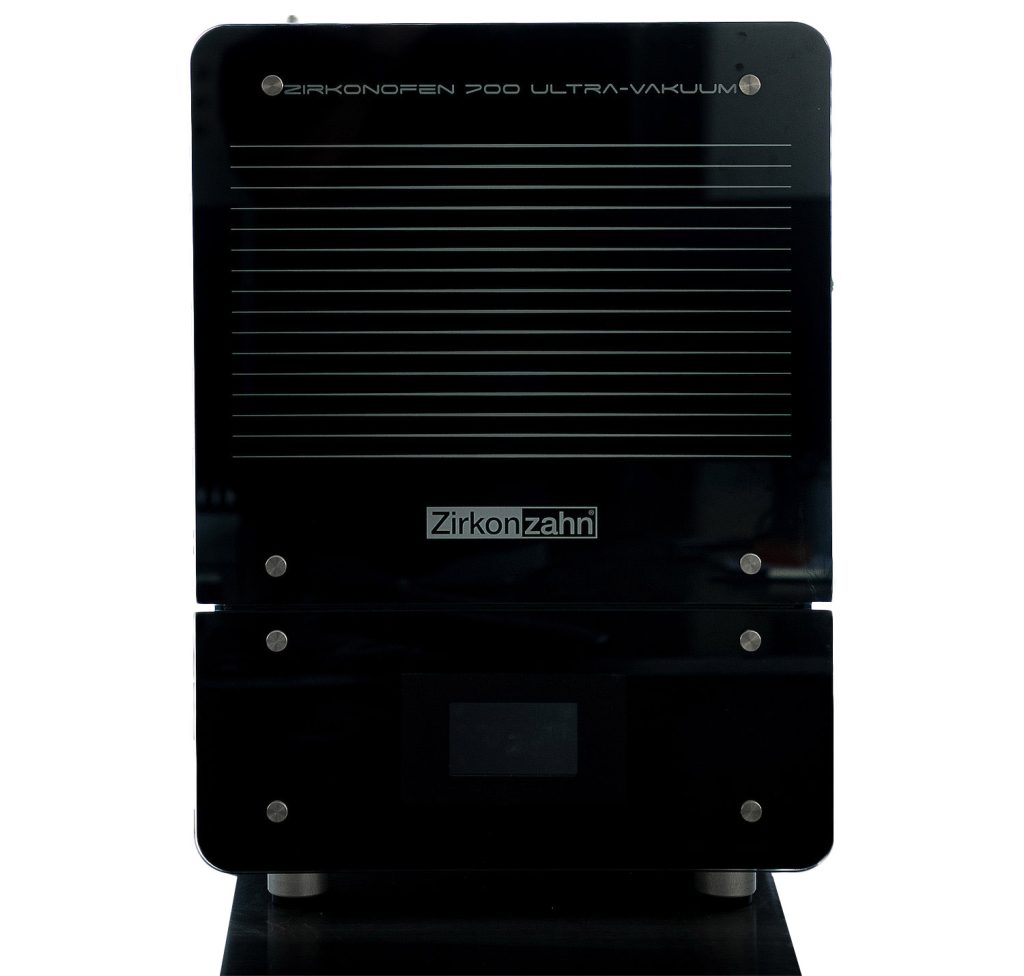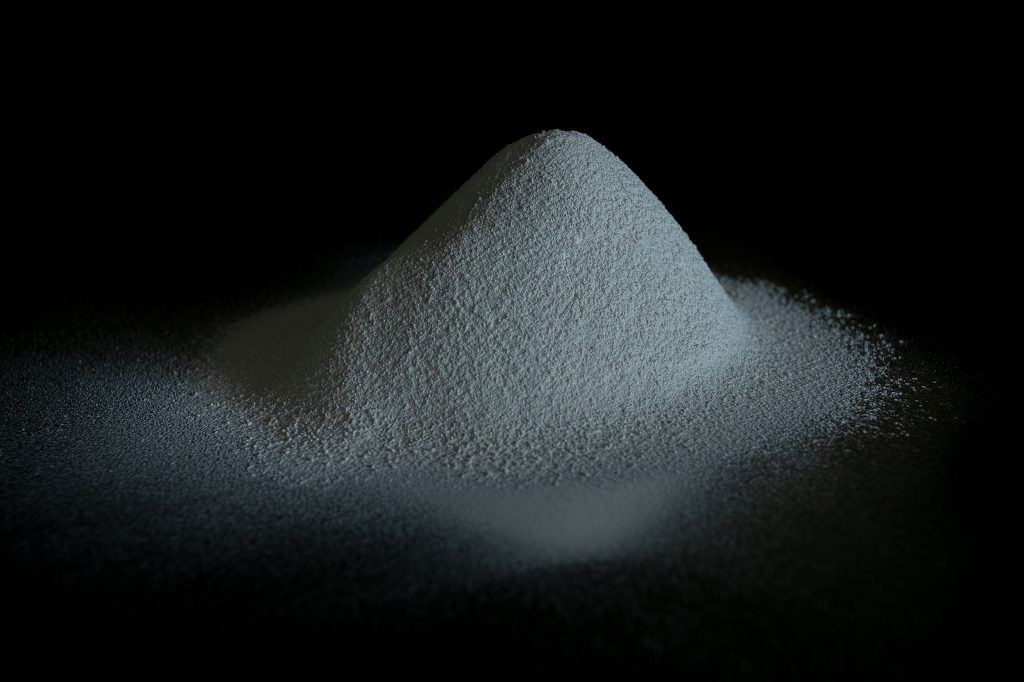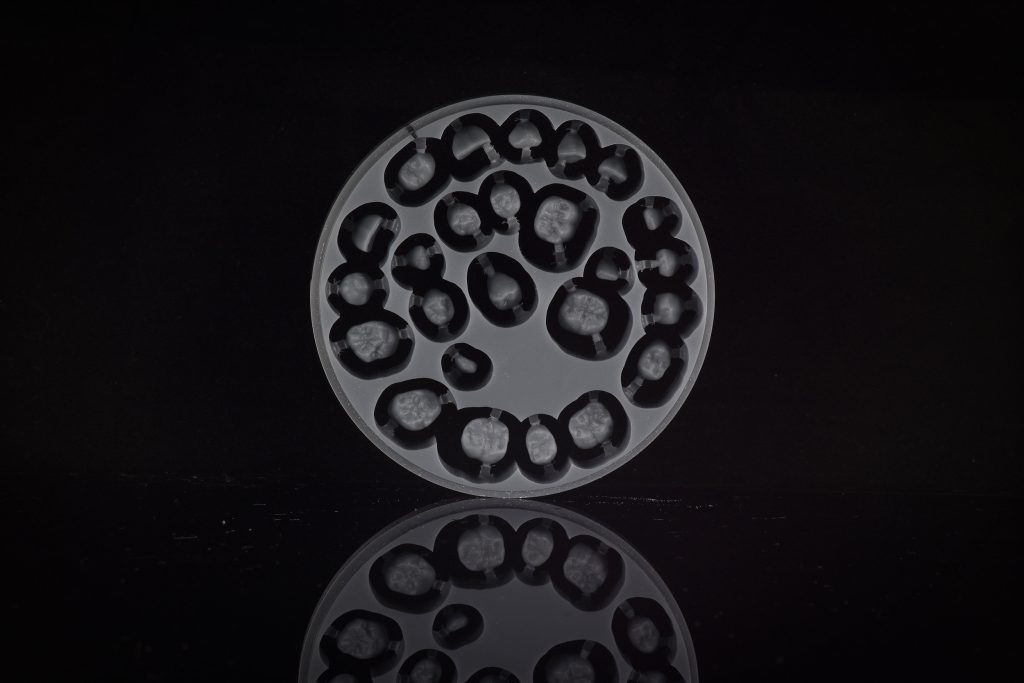Our Laboratory
Services

Labside Solutions, provides state-of-the-art services for all dental needs
The quality of dental prosthetics relies not only on the accuracy of the construction technique, but also on the raw materials that are used. Therefore, great emphasis should be placed on certified and tested biocompatible materials.
Our Services
01
Veneers Monolithic/Layered/ Feldspathic
02
Crowns, Bridges Monolithic/Layered
03
Inlays, Onlays, Tabletops, Endocrowns
04
Implant Screw Retained Crown-Bridge
05
Implant Cement Retained Crown-Bridge
06
Hybrid Abutments
07
Custom Abutments
08
Premilled Abutments
09
Implant Bars
10
Torondo Bridge
11
Diagnostic Wax-Up Digital/Analog
12
Digital Smile Design 3Shape
13
Surgical Guides Implant Studio for guided surgery
14
Long Term Provisionals
15
3D-Print Models
16
Digital Full Dentures
17
Occlusal Splints Milling/Printing
18
Dental Photography
Our
Materials
List of used materials
– Zirconia
– Lithium Disilicate Glass Ceramic
– PEEK Medical Resins
– Prefabricated PMMA
– Prefabricated Hybrid Composite
– Milling Wax
– Try-In Material
– DLP High Precision 3D-Printing Resins
– Titanium
– Hard Milling CoCr
– SLM CoCr alloy
Zirconia
Zirconium dioxide (zirconia ZrO2) is a natural chemical component of the element “zirconium” which occurs in nature.
It is a material extremely durable and 100% biocompatible. Because of the reasons above it is widely used in prosthetic surgery of ears, fingers and hip. The use of zirconia started in prosthetic dentistry in order to replace metal frameworks in fixed prosthesis and implant-supported superstructures.
Zirconia characterized as “dental” is polycrystalline zirconia partially stabilized with Yttria (Y-TZP) and enriched with Aluminum. Yttria is added to stabilize the zirconia and restrain the physical properties of the material at lower temperatures, something impossible without its presence. Zirconia is a popular polymorphic material that occurs in three forms: monoclinic, tetragonal and cubic. Pure zirconia is monoclinic at room temperature and this phase is stable until 1170οC. At higher temperatures it transitions to tetragonal and afterwards to cubic phase at 2370οC. Dental zirconia appears to have the desired physical properties as flexural strength (up to 1400 MPa*), hardness (1200 HV*).
The natural white color base of the material enables the individualization in coloring predefined dentin shades. Craft characteristics of zirconia esure dental prosthetic restorations of high quality, perfect biocompatibility and excellent appearance.
Zirconia dioxide ZrO2 is produced through a chemical procedure using additives, affecting the sintering process, but also the characteristics of the final product, whereas there are some auxiliary additives that facilitate its treatment. The so-called “green state” is stabilized to a state that enables grinding with tungsten cutting tools. Zirconia prosthetic restorations in “green state” are magnified about 25%. Shrinkage during sintering in the furnace at temparature 1350 to 1500οC, achieving the final size (1:1), density, durability and physical properties.
It has been noticed that tetragonal metastatic state has the ability to transform into monoclinic state on the tip of a spreading crack, resulting in an increase in volume at this specific point, the process that develops compressive tendencies suppressing the crack.
*varies depending on the crystal structure of zirconia (tetragonal, cubic or gradient technology)
Titanium
Titanium appears in the periodic table as element 22 and atomic weight of 47,88. It is an extremely reactive metal and forms a very thin coherent oxidation layer that makes it electrochemically passive. In dental practice, two types of titanium appear: commercially pure titanium and titanium alloys. “Pure” titanium consists of 99,5% titanium (Ti) and 0,5% of connective elements (carbon, oxygen, nitrogen, hydrogen and iron) and the percentage of these elements affect the metallic properties directly. The amount of oxygen determines the purity of the titanium, indicating in that way grades ranging from 1 to 4 of commercially pure titanium. Titanium and its alloys match perfectly in dentistry and dental technology, since they appear to have exceptional resistance to corrosion, high durability combined with low specific gravity, excellent biocompatibility, low cost and suitable mechanical properties. At temperatures up to 882οC, pure titanium appears as hexagonal dense atomic structure (alfa phase). At higher temperatures the structure is concentrated cubic (beta phase), whereas its melting point is at 1665οC (table 1).
The types of titanium frequently used in dentistry is grade 4 and 5. Titanium alloy grade 5, Ti 6Al-4V, is more powerful than commercially pure types of titanium, because of the admixture of aluminium (6%) and vanadium (4%) w/w.
Lithium disilicate
Full-ceramic dental restorations have become extremely popular because of the translucent aesthetic characteristics and biocompatibility. Glassceramics are categorized according to their basic crystal structure and their application. Lithium disilicate is well-known and cosists of quartz, lithium dioxide, phosphorus oxide, alumina, potassium oxide etc.. Overall this composition gives a glass-ceramic with great resistance to thermal shock thanks to the low thermal expansion that happens during its processing, which is why it becomes suitable for mechanized cutting always with water sprinkling. Another method to have lithium disilicate molded is by heat compression under certain conditions during its melting point between 915-930οC. It is now widely accepted that it is at the top of aesthetic dental materials, greatly simulating the optical properties of natural teeth, ideal for all-ceramic restorations such as veneers, inlays, onlays, crowns of anterior and posterior teeth.



